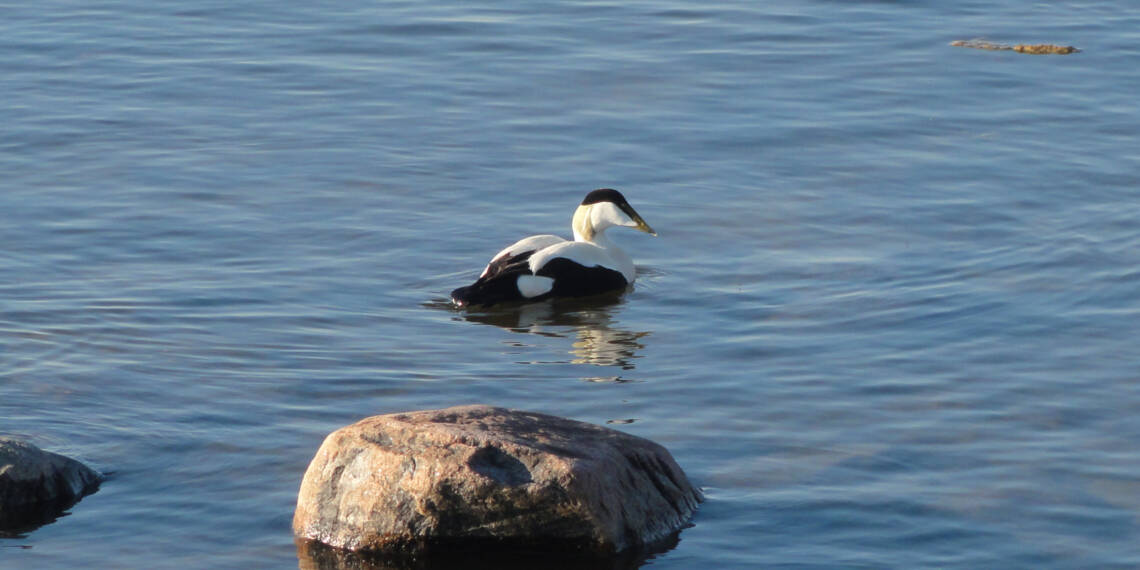
Harmful substances affect all marine organisms
Tens of thousands of chemicals are used in modern society. The information about their concentrations in the marine environment is only available for some chemicals. There is even less information about the environmental impact of chemicals. Nevertheless, environmental impacts play a crucial role in considering the importance of such substances to the marine environment.
The concentrations of harmful substances are measured in water, sediments, and organisms
The monitoring of harmful substances in the Baltic Sea has traditionally focused on assessing the concentrations of harmful substances in water, the seabed, and organisms.
Estimates of the effects of environmental toxins on the biota of the Baltic Sea are mainly based on individual research projects. Thus, much of the actual effects of chemicals on biotic communities and ecosystems remain completely unknown. Besides, the interactions between different substances on marine organisms are also not sufficiently known.
Monitoring has traditionally focused on apex predators at the top of the ecosystem. The concentrations of the substances accumulating in such animals are the highest due to their enrichment in the food web. For example, the breeding success and the number of chicks of the white-tailed eagle population indicate the toxin load carried by this top predator in the food chain.
However, the monitoring of impacts in the Baltic Sea as a whole is deficient compared to other EU maritime regions. For example, this is one of the improvements proposed by the HELCOM Baltic Sea Action Plan.
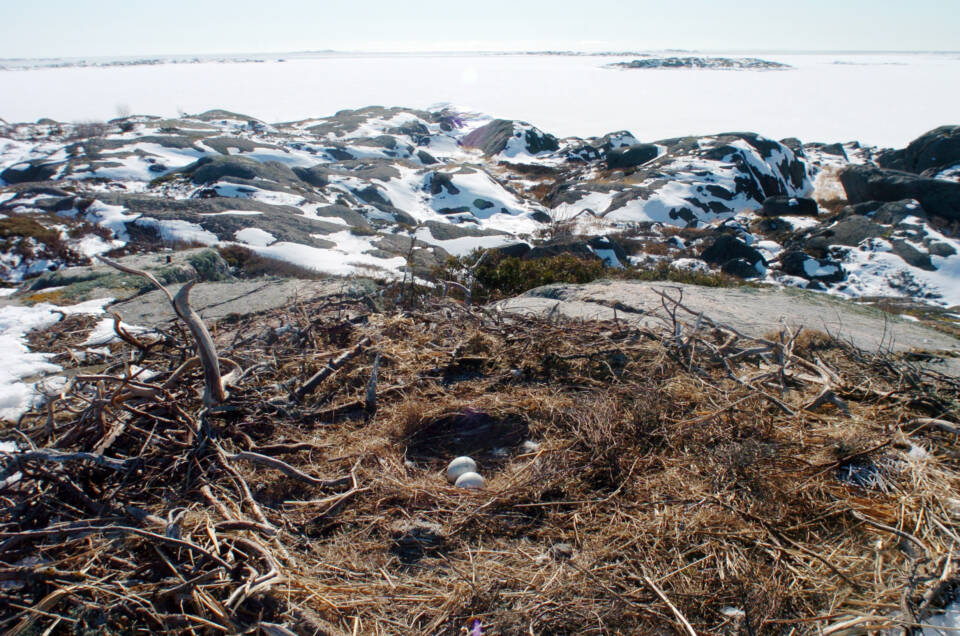
Environmental toxins disrupted seal and bird reproduction
In the 1960s and 1970s, very high levels of heavy metals and organochlorine compounds were measured in the tissues of Baltic seals. These toxins disturbed the biological functions of seals and birds, in particular causing reproductive disorders.
The concentrations of environmental toxins accumulated in Baltic Sea seals have since decreased. However, they are still many times higher than in less polluted areas. As concentrations decrease, the reproductive capacity of seals has improved, and populations have grown.
In the marine environment, organisms are almost invariably exposed to mixtures of different compounds and not just to individual toxins. Thus the contribution of harmful substances to the deterioration of the health status of seabird populations in the Baltic Sea is not fully known. However, as concentrations of certain substances decline, bird populations have also recovered.
Bird populations have recovered as concentrations of certain substances decline
Bird populations have recovered as concentrations of certain substances decline
Sea eagles suffered from exposure to insecticides
From the 1960s to the 1980s, populations of the white-tailed sea eagle, i.e. Haliaeetus albicilla, in the Baltic Sea suffered from an accumulation of organochlorine compounds. The commonly used insecticide dichlorodiphenyltrichloroethane, or DDT, accumulated in birds. It caused the eggshells to become too thin and chick production collapsed.
Since the ban on the use of DDT came into force, its concentrations in the environment have decreased since the beginning of the 1990s. Today, the sea eagle population in the Baltic Sea is again stable.
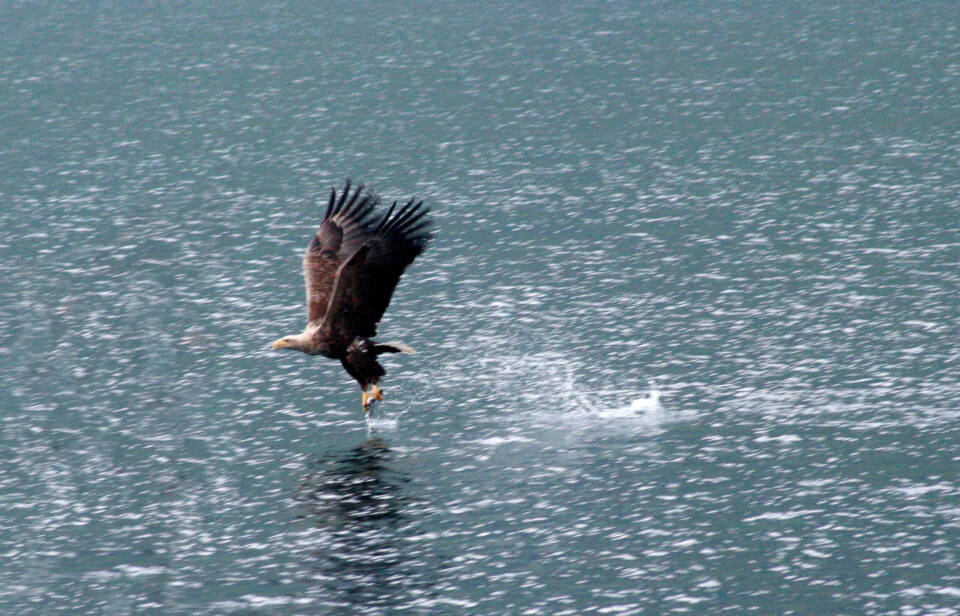
PCBs and DDEs caused chick deaths in lesser black-backed gulls
Fluctuations in the numbers of chicks of the lesser black-backed gull, i.e. Larus fuscus, in the Gulfs of Finland and Bothnia have clearly been affected by polychlorinated biphenyls (PCBs), as well as dichlorodiphenyldichloroethane (DDE). The harmful compounds that pass from the mother through the yolk sac to the chick damage its liver while it is still a foetus. As a result, the chicks die soon after birth.
In the 1990s, chick mortality was particularly common. However, in the first decade of the 21st century, exposure appears to have decreased, in particular to DDT. Indeed, the survival rate and the number of chicks of the lesser black-backed gull have risen to a level at which the population can be expected to remain stable or even increase.
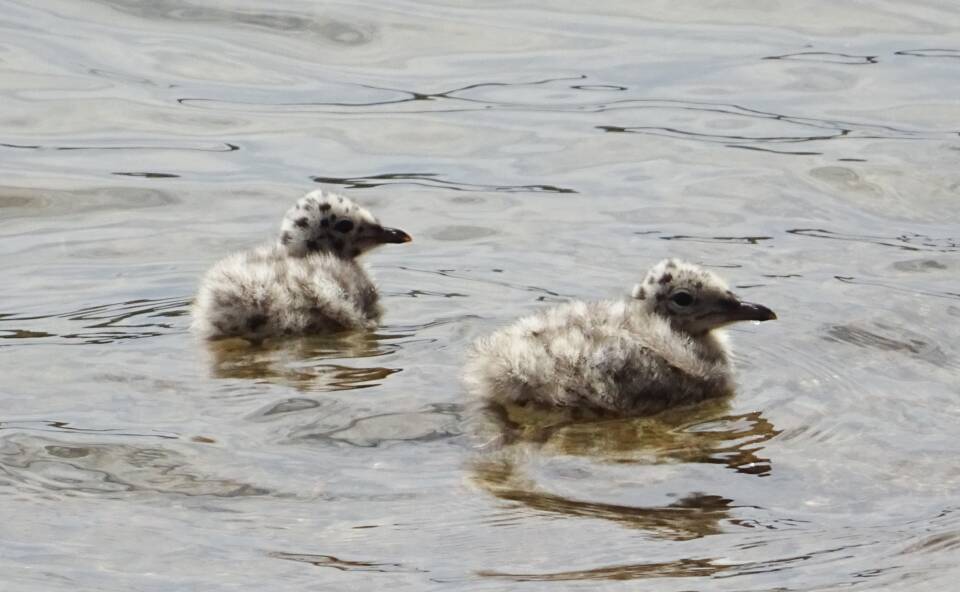
Eider ducks suffered from lead poisoning
Lead poisoning in eider duck individuals, i.e. Somateria mollissima, has been observed in their nesting areas. Exposure to lead has decreased in the Baltic Sea region since the ban on lead shot in shotgun cartridges came into force in 1996. The adoption of unleaded fuel has also reduced the exposure to lead. Other sources of lead are still found in, among other things, industry and boat paints.
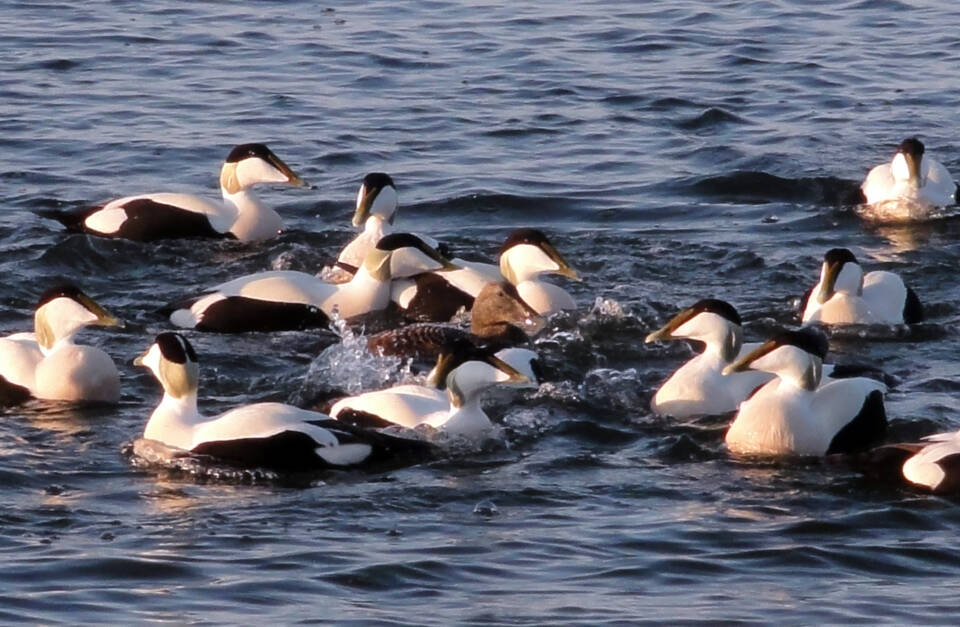
The effects of harmful substances on fish and invertebrates are difficult to verify
The effects of harmful substances on fish and invertebrate communities are difficult to verify. For example, benthic communities naturally have only relatively few different species. This is especially true in the low salinity northern areas of the Baltic Sea.
Also, the effects of eutrophication, such as oxygen depletion, may partially mask the effects of toxic substances. At the same time, the harmful substances may also amplify the effects of eutrophication on biotic communities.
Moreover, in the Bay of Bothnia, it has been observed that the bottom-dwelling fish known as burbot (Lota lota) has been unable to spawn. This inability is thought to have been related to the adverse effects of wastewater from the pulp industry. However, the specific cause for the observed inability to spawn could not be definitively identified.
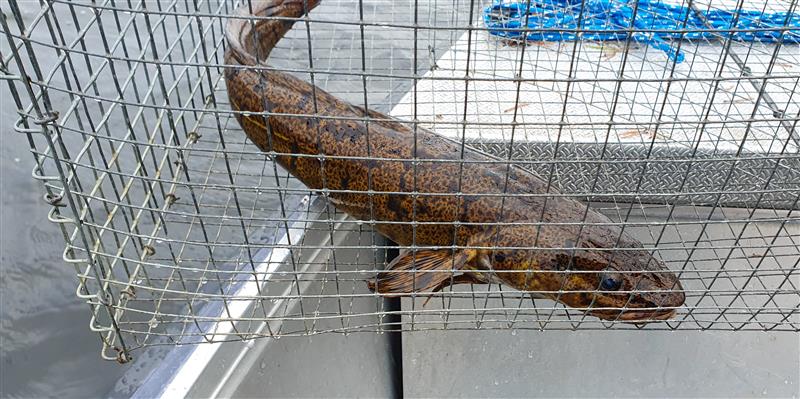
There is no certainty about the potential threat of new chemicals
Emissions have already been reduced across Europe and the rest of the world. However, such bans and restrictions on the use of harmful substances will continue to be important in the future. It is only with such legislation that the amounts of harmful substances in the environment can be further reduced.
Although environmental standards have tightened and the situation is better than before, the problem is not entirely behind us. While the manufacture and use of many known harmful substances are currently banned, they are persistent in the environment and continue to have an impact.
New substances are also causing concern. There are tens of thousands of chemicals already in use in the European Union and new ones are constantly being developed and introduced. In Finland, chemicals are both produced and domestically and imported. In addition, they come with their chemical components and products. There are almost 20,000 products classified as dangerous. These contain more than 5,000 different hazardous substances.
We are unaware of the effects of new synthetic compounds released into the environment, let alone the many chemicals already in use. Nor do we know the effects of their degradation products or their interactions with other substances. As a result, it is impossible to say directly whether a future cocktail of harmful substances poses a lesser or greater threat to the marine ecosystem than the current one.
-
 Find out more
Find out moreHow can I help the Baltic Sea?
-
 Find out more
Find out moreIndicators for harmful substances

